When Design Tastes Change: A Guide for Couples
http://decor-ideas.org 11/10/2013 21:20 Decor Ideas
For every challenge a couple addresses, another one seems to appear. This is particularly true with decorating. Creating a space you both love can be fraught with dramatic disagreements and purchases you both regret. Every room that's repainted may leave another still to do. And no matter how gorgeous a home is, when it’s inhabited long enough, tastes change, boredom sets in and an insatiable need for something new appears.
After working with numerous couples on their design disparities, I have found that the following tips can help maintain the peace while promoting a greater understanding of where each person is coming from.
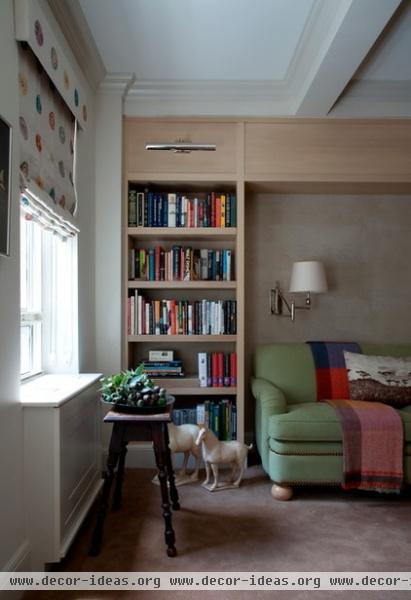
No right or wrong. A beautiful space evolves from a collection of elements — from furnishings to art and accessories. Interiors take time and money to create, so when one person decides that a space needs changing, it can feel alarming or downright unnecessary to the other party.
While design decisions may be collaborative, one partner usually feels more strongly about a refresh than the other. It’s hard to define anything as being right or wrong, but if you don’t like the space you’re living in, then it needs to change. You begin and end each day in your home — you should love it.
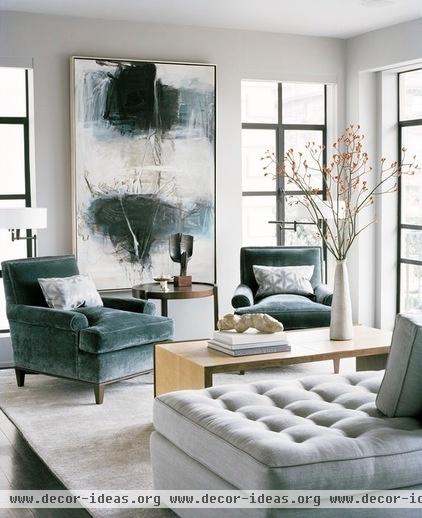
Consider your options. Sometimes you just hate your stuff, and there's no real explanation for it. Other times it's a slow-burning dislike that clouds your better judgment.
Let's be honest: More often than not, there is no real need to replace the furniture, unless it's no longer functional. But the desire to replace it can cause the most rational people to lose their minds. One individual may think the dining table is perfectly functional, while the other can’t stand the style in the context of the space. It can be difficult to agree on a new purchase when the only reason for it is because you don’t like the old one anymore. This is where compromise is key.
I often ask whether a piece can be refurbished or repurposed to give it new meaning. Be willing to explore new ways to use the old furnishings before deciding everything needs to go.
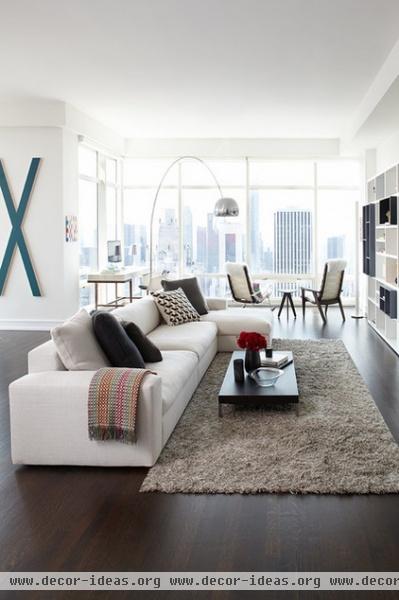
Make small changes first. The urge to change our environment can happen unexpectedly. You may have been living happily with an overstuffed sofa when a sleek sectional starts haunting your dreams. It’s understandable if your mate isn’t onboard with a large purchase like this at first, so keep the lines of communication open.
Everything doesn’t need to happen at once. If it’s a total change in style you’re after, start with small changes first — a new coat of paint or switching out the side tables. A sexy new sofa may have been the original inspiration, but it doesn't need to be the first piece you buy.
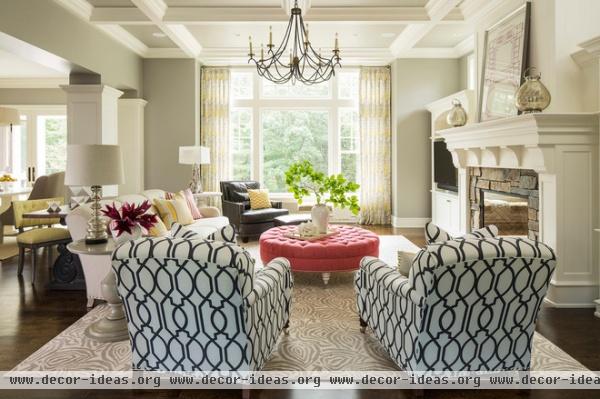
Recoup some of the costs. Cost is a large part of what causes friction during redecorating. Couples often can’t agree on what should and shouldn’t be replaced. Selling the pieces that aren’t going to stay and putting that money toward replacements can be a good compromise.
Consignment stores are a great place to sell larger, high-ticket items like a dresser or dining table, since they'll be seen by numerous people in a retail setting. These stores will often pick up your items and deliver them to the buyers, too. Although they take a chunk of the sales price, you won’t have to store pieces, deal with hagglers or put up with no-shows.
If you don’t mind meeting with potential buyers in person, and if you’re willing to negotiate on price, a classified or Craigslist ad can help you get rid of unwanted items.
Garage sales are an excellent way to dispose of smaller items and make some money. Although you won’t be in for a windfall, you can clear out an awful lot of clutter in one afternoon!
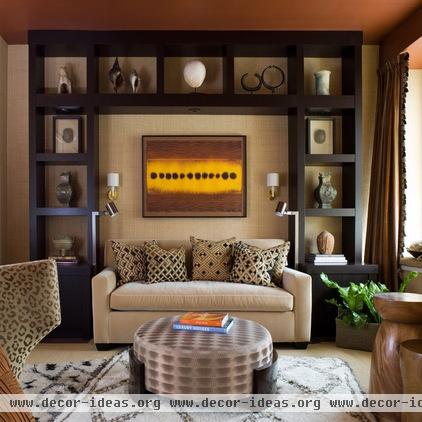
Set limits. If you’re anything like me, design is never done. But when you're sharing a home with another individual, that approach to decor may not go over very well. Life and the world around us may constantly change, but our homes should be a refuge from everyday chaos. Too much change inside the home creates stress and anxiety for some. For others, changing up the decor is a way to process stress and anxiety. Often these two personality types live together under the same roof.
Understand that you and your partner may approach the design process from different perspectives. Whether you’re a chronic changer or a die-hard stay-the-samer, both sides will need to give a little to create a space you can both love. This may mean changing certain parts of the home while leaving other parts alone, or compromising on style choices. If one of you gets to paint the room green, then the other may get to keep the old throw pillows. Find a middle ground where you both agree that when X, Y and Z are accomplished, the room will be finished.
Decide on a design timeline that works for both of you, includes the changes you’ve agreed to make and has an estimated budget. Talk about what items you want to bring in (or don’t want to bring in), the styles you like and how the changes will work with whatever decor you'll have five or 10 years down the road.
Tell us: How have you and your partner collaborated on design changes to your home?
More: So You've Moved In Together — How to Merge Your Stuff
Related Articles Recommended












